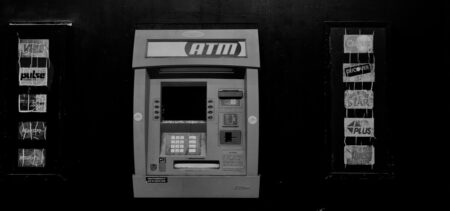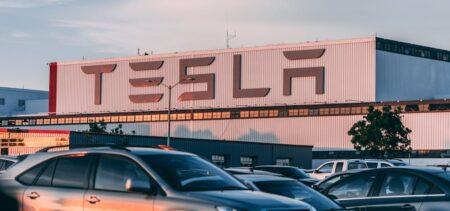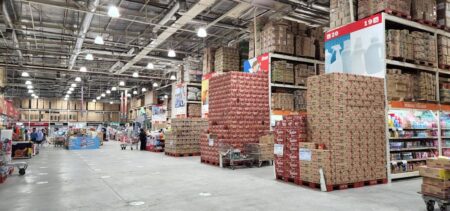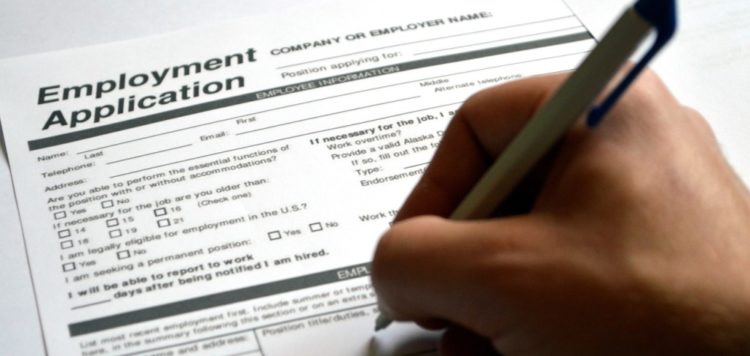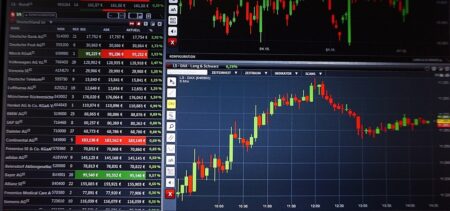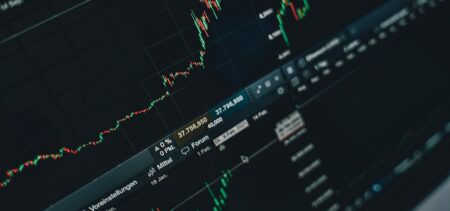Despite the many issues affecting it, the US economy has proved to be more resilient than previously expected, according to CNN. While critical challenges such as inflation, the Russia-Ukraine war, labor market shortages, and consumer spending have prompted experts to warn about an imminent recession, key economic indicators remain positive. Federal Reserve Board (Fed) Chairman Jerome Powell has suggested that the Fed will need to raise interest rates to stabilize the economy. This strategy could be effective in solving inflation. But hiking rates could hinder economic growth and cause potential job loss.
There is no question that a well-functioning labor market is crucial for the US economy. A thriving labor market ensures that American companies can easily find the workers they need to grow their businesses while fostering innovation and competitiveness-both of which are vital for economic growth. Moreover, a well-functioning labor market can reduce income inequality by ensuring that workers are paid fairly for their skills and productivity-optimizing consumer spending and driving economic growth.
A growing labor market is vital for the US economy to thrive. Fortunately, the US labor market yields a promising future. This article will explore what the current labor market entails and how this impacts the economy.
How a Strong Job Market Could Point to Other Economic Concerns
According to the Nebraska Examiner, Jerome Powell recently suggested that interest rates may rise more quickly and to a greater extent if the current unemployment data continues. Based on this data, the labor market is not cooling down, and the economy could be overheating. The announcement caused a decline in stock indexes, which has become a common trend in the past year as the central bank tries to control inflation. Although an active job market may typically indicate a healthy economy, an overheated labor market could cause creased inflation.
Joseph Gagnon, a senior fellow at the Peterson Institute for International Economics and former visiting associate director for the monetary affairs division of the Federal Reserve Board, clarified that the Fed is not “anti-worker.” He explained that if the unemployment rate remained at a record low of 3% to 3.5%, the Fed would be pleased, and inflation would subside.
However, analysts are concerned that the US economy could be overheating due to excessive spending, which can significantly harm the US economy.
Why Stabilizing the Labor Market Is Important
According to Reuters, the number of Americans filing new unemployment claims has decreased recently, indicating that the labor market continues to thrive. However, this news has raised concerns that the Fed may extend its interest rate hikes. According to a US Department of Labor (DOL) report, labor costs grew faster than estimated in the fourth quarter, intensifying these concerns. Despite recession risks, the labor market remains tight, contributing to sustained inflation due to significant wage gains.
While US job openings did decrease in January, the decline was smaller than anticipated. In addition, research in Teneo’s US Economic Outlook 2023 report highlights potential opportunities in this area. According to this research, the line between a soft economic landing and a recession is thin. As the US job market remains strong, it is a positive sign and points to economic recovery instead of financial tensions.
How Is the Labor Market Reshaping
With the labor market stabilizing, a report by Deloitte confirms that this market has unevenly readjusted since the COVID-19 pandemic. As a result of global-wide shutdowns, this report highlights that industries, including accommodation and food services and arts and entertainment, suffered high unemployment rates. However, since the labor market has recovered, employment in a few private sectors, especially accommodation and food services, is lower than during the pandemic.
On the other hand, many industries have stabilized and developed momentum, such as payrolls in professional and technical services and transportation and warehousing. The reason these industries have grown since the pandemic may be, according to Deloitte, due to a change in consumer purchasing habits. For instance, online shopping has become a standard solution, and in turn, this has surged employment opportunities in warehousing and transporting products and resources.
In addition, occupations, such as personal care and food preparation and services, that could not shift to remote work have also experienced decreasing employment rates. Although the financial ramifications of the pandemic have crippled thousands of American households, employment in low and mid-wage sectors is lower than before the pandemic.
A Stable Job Market Can Boost the US Economy
The US government is undoubtedly facing the challenge of managing the economy through an inflationary period while striving to achieve new financial milestones. Moreover, global issues, such as the war between Russia and Ukraine and the effects of the COVID-19 pandemic on other markets, continue to impact the US economy.
According to the Teneo report, the government must tackle the dual challenge caused by increasing inflation and interest rates on economic growth while avoiding a recession. Fortunately, positive indicators, like a decreasing inflation rate and a strong labor market, suggest that this could be possible.




